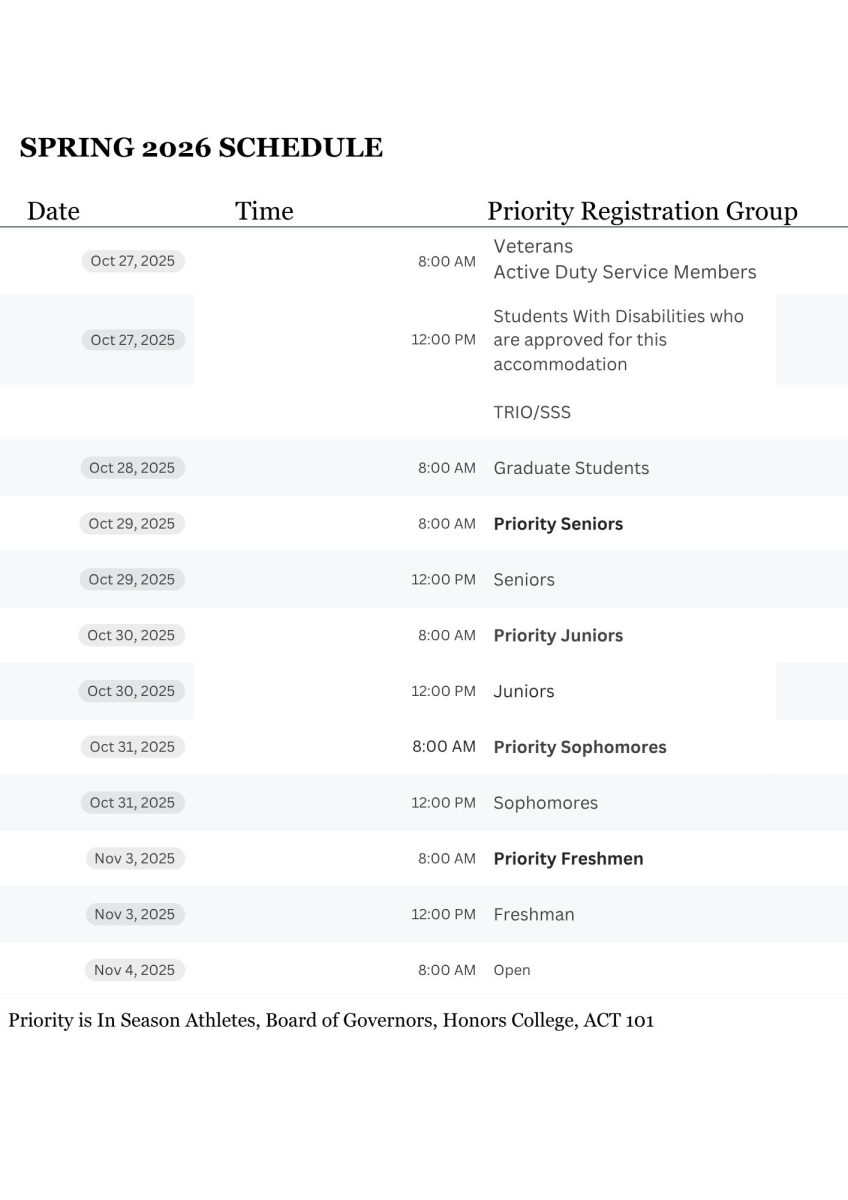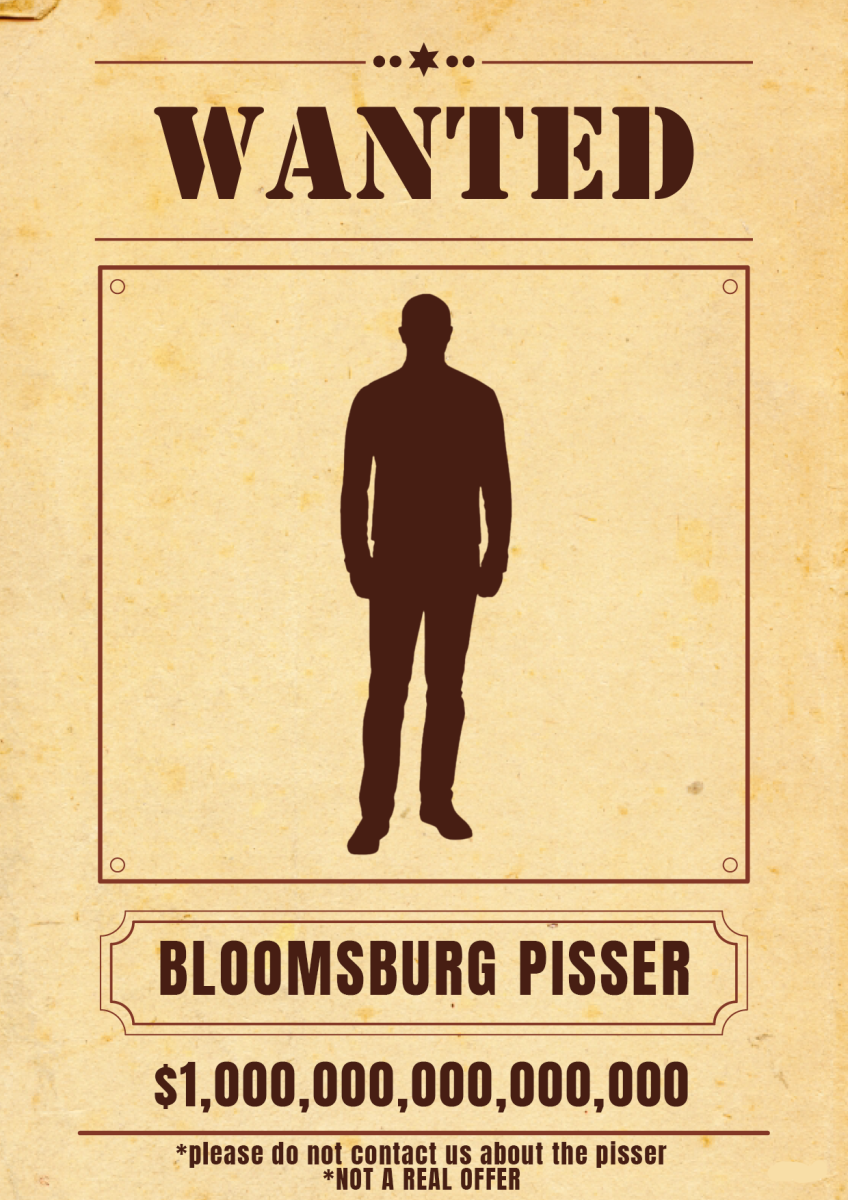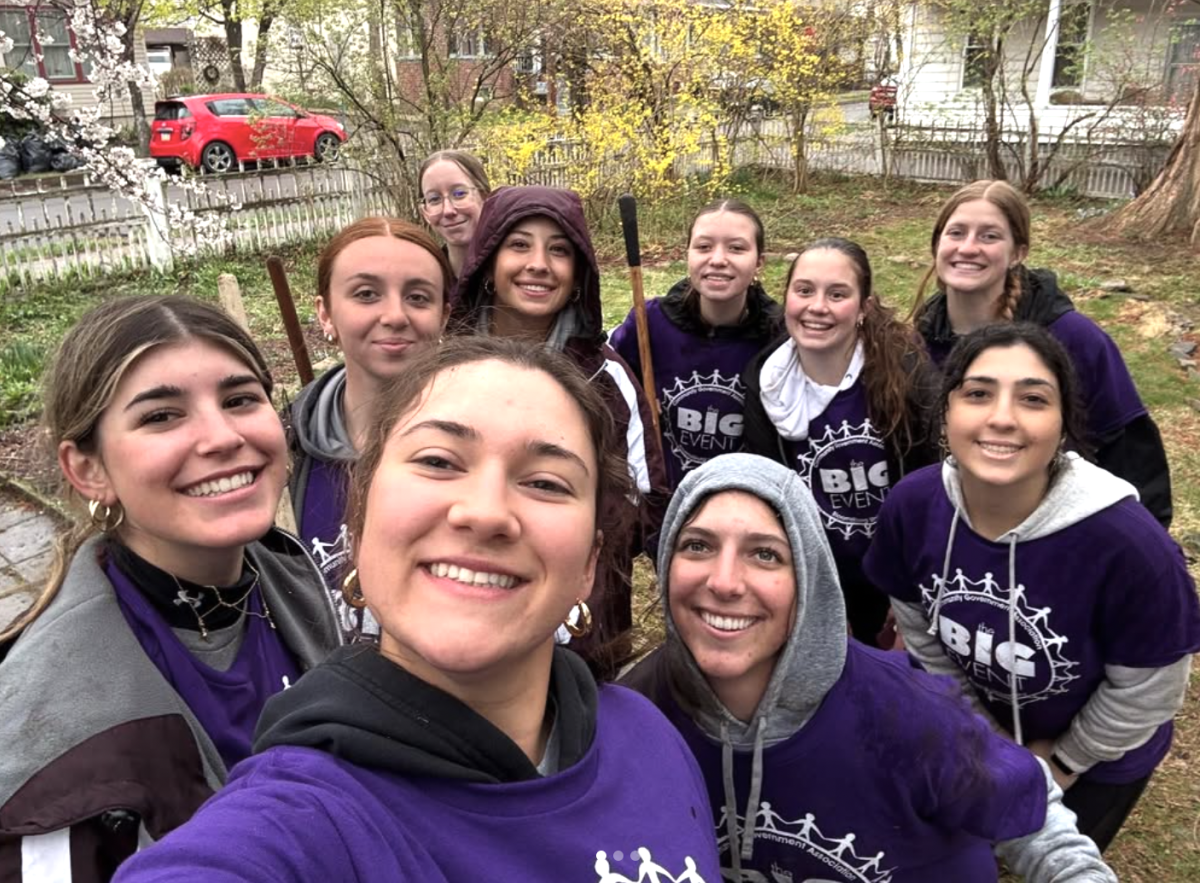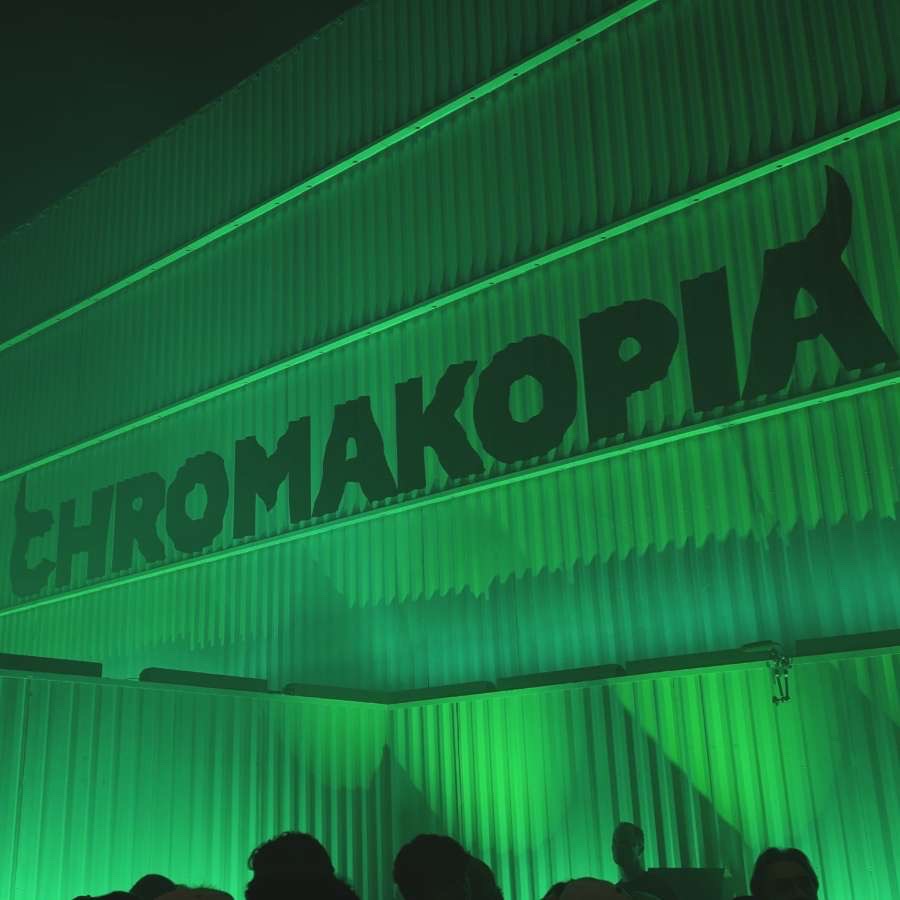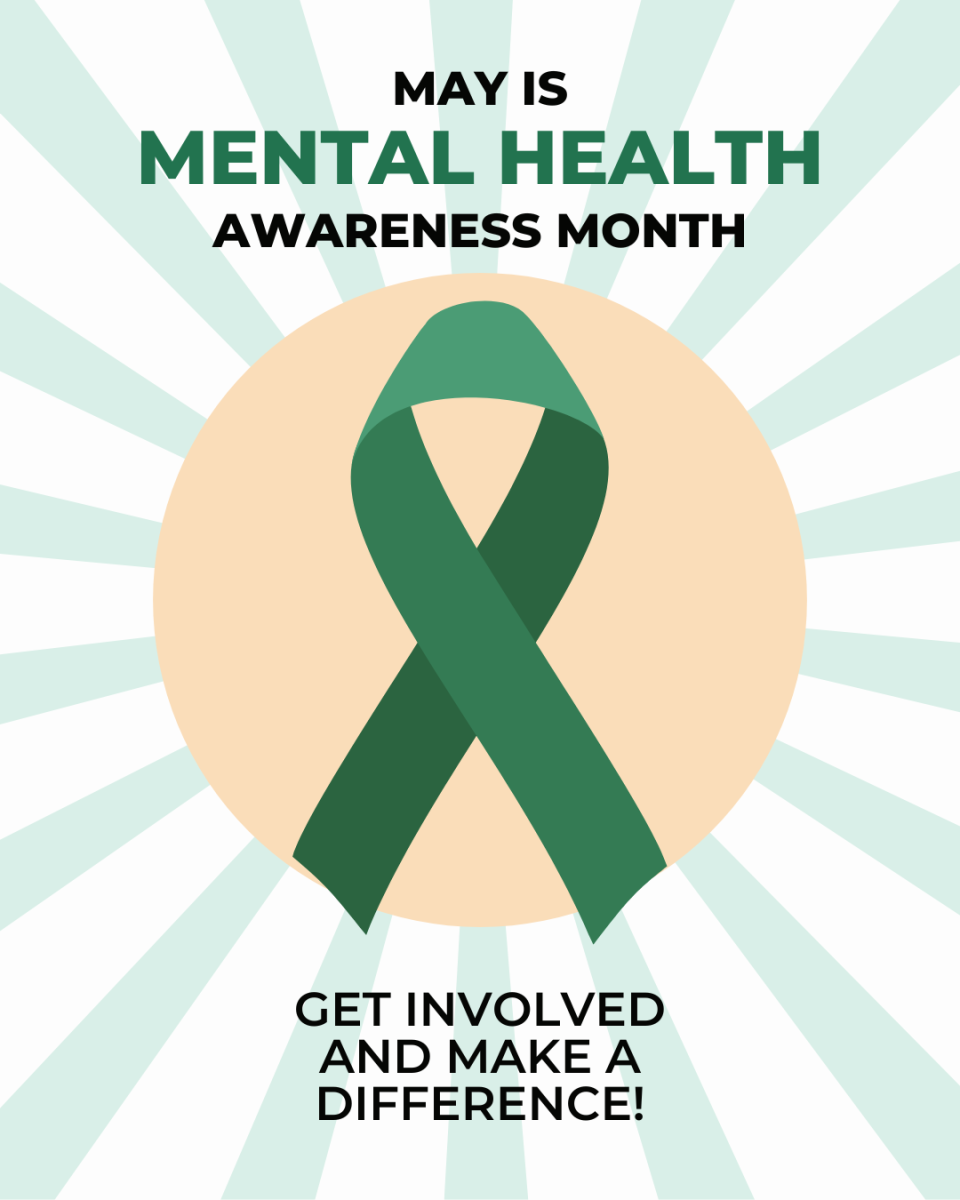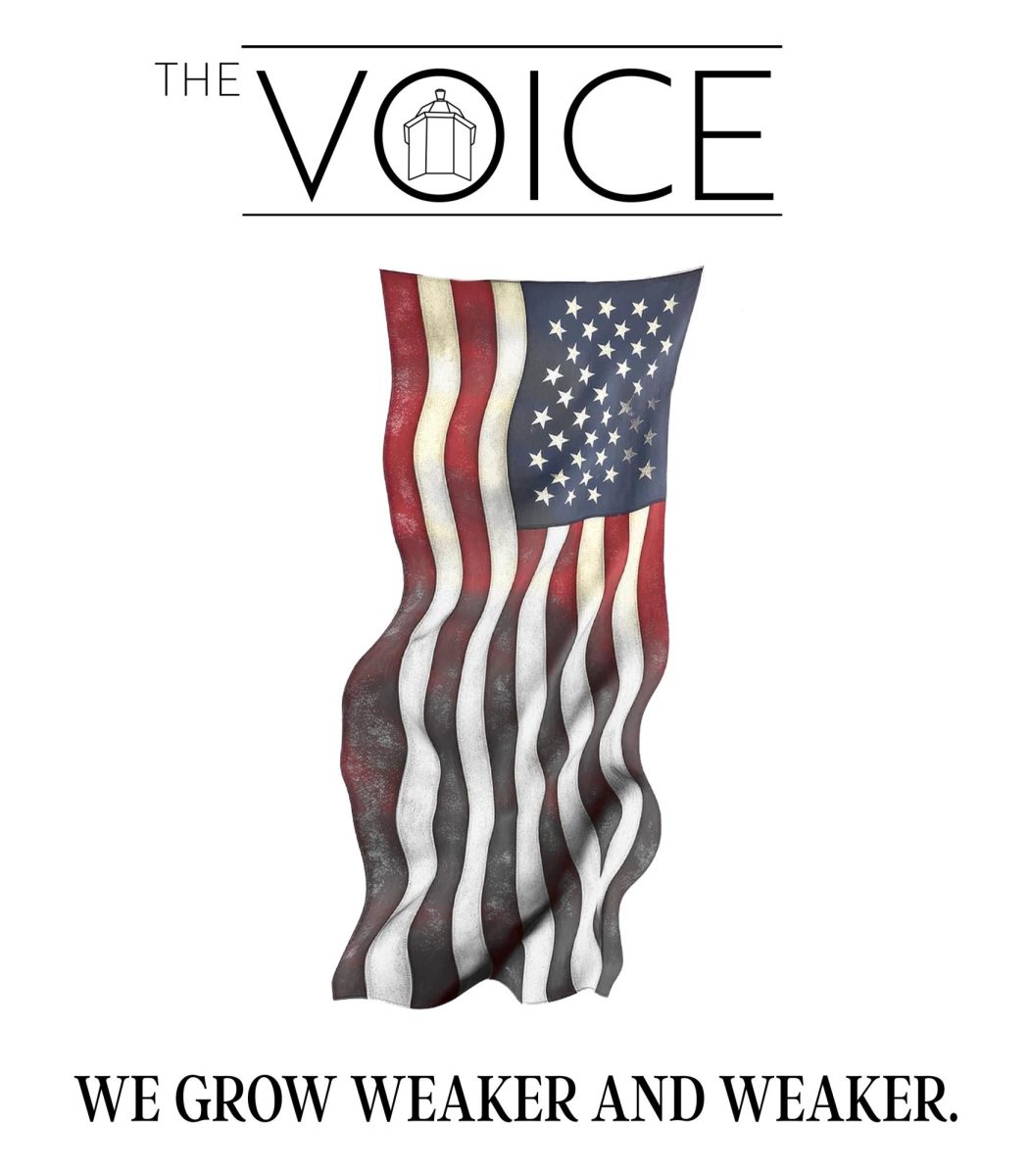May marks the start of Mental Health Awareness Month all across the United States, a time dedicated to breaking stigma, encouraging open conversations, and advocating for better care.
While mental health struggles are not new, anxiety, depression, burnout, and loneliness is rising rapidly, especially among young people.
There is one main factor that has been present, contributing to these struggles: technology. The digital tools that were designed to make life easier are also making our mental health worse. There are multiple reasons as to why we are experiencing this shift.
The Social Media Comparison Trap
It is no secret that social media has become a game of who can look the prettiest, skinniest, and has the most followers. Platforms like Instagram, TikTok, and Snapchat encourage users to curate idealized versions of their lives — creating a culture of constant comparison.
For many, especially teens and young adults, this means measuring their self-worth against filtered images, viral trends, and influencer lifestyles that often aren’t real.
Research from the American Psychological Association shows that high social media use is strongly correlated with increased rates of depression and anxiety, particularly among adolescent girls.
As algorithms push content designed to trigger engagement, often through envy, outrage, or insecurity, users can find themselves stuck in a loop of scrolling and self-doubt that erodes mental well-being.
Doom Scrolling and Information Overload
In an age of 24/7 news cycles and algorithm-driven feeds, we are bombarded with more information than our brains are built to handle. From war updates and climate disasters to political chaos and celebrity scandals, the endless stream of bad news can leave people feeling overwhelmed, hopeless, or numb.
This phenomenon, often referred to as doom scrolling, gained attention during the COVID-19 pandemic but has since intensified. According to a 2024 Pew Research study, nearly 60% of Americans say they feel mentally exhausted by the constant news, yet most still check it multiple times a day.
The result is a feedback loop where users consume distressing content in search of clarity or control, but instead walk away more anxious and emotionally drained. Mental health professionals recommend setting time limits on news consumption, turning off nonessential notifications, and prioritizing in-person connections to counterbalance the emotional toll of constant exposure.
Technology Disrupting Sleep
Sleep is one of the most essential foundations of mental health, yet for many people, it’s increasingly out of reach, and technology is a significant contributing factor. The blue light emitted by screens can suppress melatonin production, the hormone that regulates sleep, making it harder to fall and stay asleep. However, the problem stems deeper than that.
The addictive design of apps, late-night scrolling habits, and the fear of missing out (FOMO) keep our brains overstimulated long after we should be winding down. A 2023 study from the National Sleep Foundation found that nearly 70% of adults and 83% of teens use their phones within 30 minutes of going to bed, often delaying sleep by an hour or more.
Over time, sleep deprivation isn’t just exhausting — it’s damaging. It impairs emotional regulation, increases the risk of depression and anxiety, and makes it harder to cope with everyday stress.
The Cost of Connection
Technology isn’t going anywhere and neither is the mental health crisis. As we navigate a world defined by screens, it’s clear that the way we engage with digital tools needs to change.
Raising awareness is just the beginning. We need to build healthier habits, demand more ethical tech design, and make mental health care as accessible as the platforms that are often harming it.
This Mental Health Awareness Month, the message is simple but urgent, if we don’t take care of our minds in the digital age, no amount of connection will make us feel whole.



